Holidays often bring the added benefit (or curse, depending how you look at it) of houseguests, and one of the most welcoming things you can do is provide visitors with the comforts of home.
Make your house inviting and the visit run smoothly by offering your houseguests the following amenities:
Comfortable sleeping arrangements
While a couch or sofa sleeper will do, an AeroBed inflatable mattress offers the comfort of a real bed and can be set up in any area, which allows you to provide your guests with maximum privacy. Like real beds, AeroBeds come in a variety of sizes, including toddler, twin and queen.
Make the bed with crisp, cotton sheets and accommodate for different sleeping styles by including lightweight and heavy blankets. Top the bed off with fluffy pillows and your guests are sure to experience sweet dreams.
Bath essentials

A well-stocked bathroom promotes a pleasant stay and saves your guests from the indelicate task of having to ask you for toiletry items — and saves you from running around looking for that extra toothbrush you brought home from the dentist’s office. Supply the bathroom with fluffy towels in several colors so that you and your guests can color code and easily keep track. If you’ll be hosting young guests, invest in a collection of inexpensive towels and washcloths in fun, festive colors. If you provide a pop-up laundry hamper, you can hope that they might actually use it, so you won’t be finding piles of damp towels in the corner.
Avoid the inevitable clutter that occurs in the bathroom with a full house by providing your guests with a shower caddy they can carry to and from their room loaded with bathroom necessities such as inexpensive toothbrushes, toothpaste, mouthwash, a hairbrush, sample-size shampoo and conditioner, soap, lotion, disposable razors and shaving cream.
Also make sure that the bathroom is well-stocked with necessities like toilet paper, tissue and a hairdryer.
Storage
Make guests feel welcome by providing empty space in cupboards and the closet. Provide a variety of hangers so that they can hang dresses, blouses, pants and heavier items like coats. If storage is limited, the pop-up hampers can come through for you again, this time serving as storage containers for things like extra blankets.
Information & Communication
Give your guests the proper tools to make notes and communicate with those back home by filling a basket or organizer with a notepad, pens, paper, notecards and postcards, envelopes and stamps. For the more technologically inclined, provide a card with the name and login for your WiFi network. It’s also helpful to provide a list of local restaurants, museums, amusement parks, movie theaters and any other appropriate local attractions, so your guests won’t be completely dependent on you to keep them entertained. Write out directions for the technology in your home: how to use the cable remote, the video game console, and so on, and put it in the room where your guests will be sleeping. It will spare you from being peppered with “How do I…” questions.
Snacks and water

Chances are you’ll feed your guests, but it’s also nice to leave a few snacks and water in the room so that they don’t have to worry about waking up the house in the middle of the night if they get thirsty or hungry. Stock the room with glass canisters filled with nuts, dried fruit and crackers. Water bottles work, but a decorative carafe is more economical and environmentally friendly.
Entertainment
A bookcase full of a variety of books for all ages is a good addition to the room, as well as a television set and access to movies.
Other essentials
A mini ironing board and iron are important to smooth out travel wrinkles, and a mirror is always useful. If you’ll be hosting small children, make sure to childproof the room with items like electrical outlet covers.
Planning ahead and preparing for holiday houseguests allows you to make your visitors feel welcome the minute they walk in the door, which means you can relax and enjoy their visit.
Julie Bawden-Davis
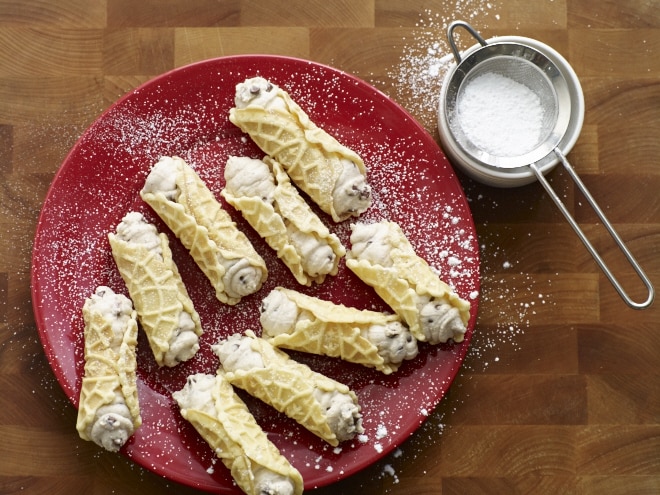




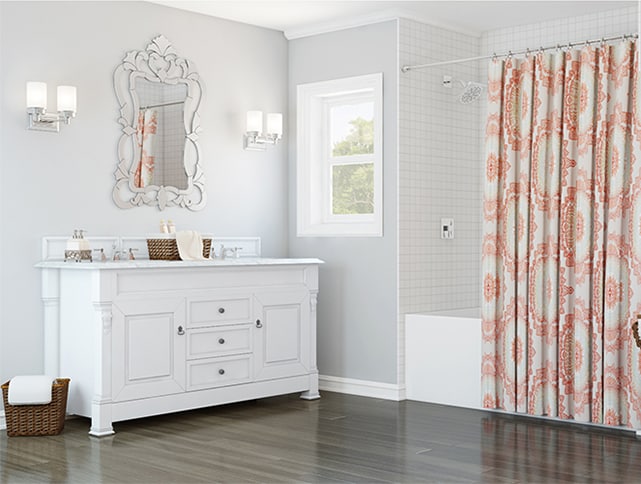
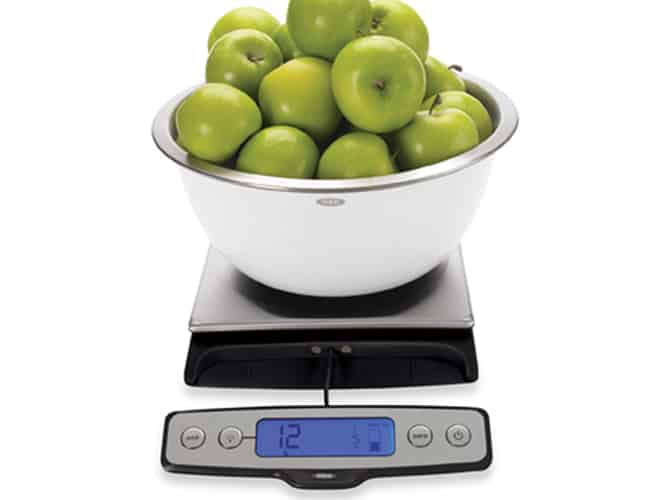
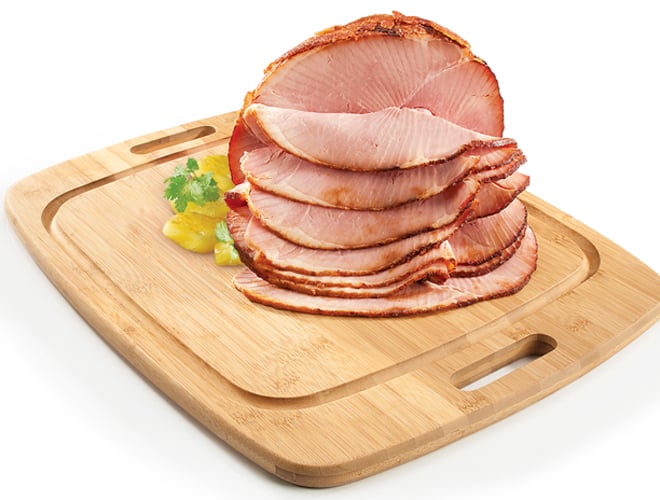
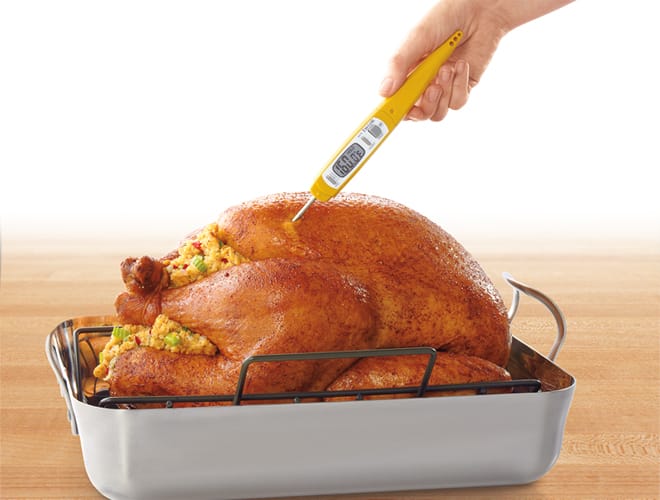
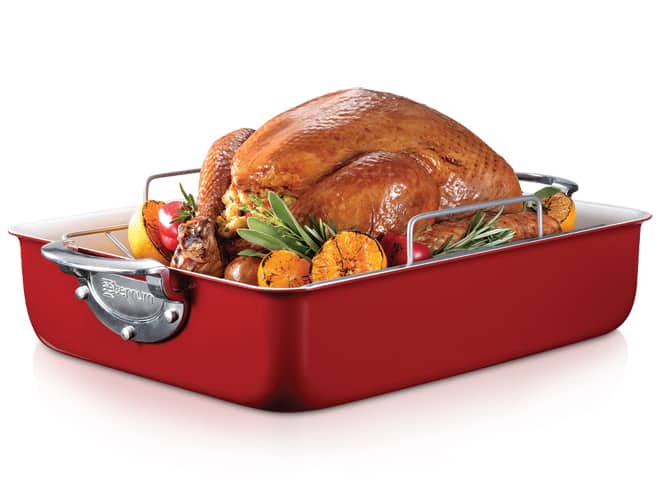








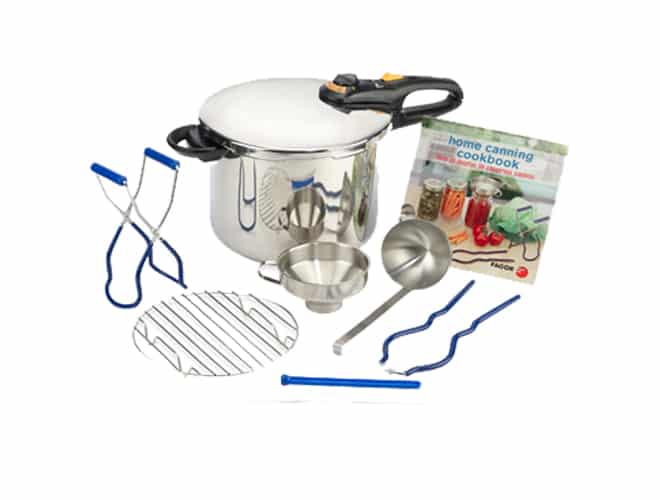
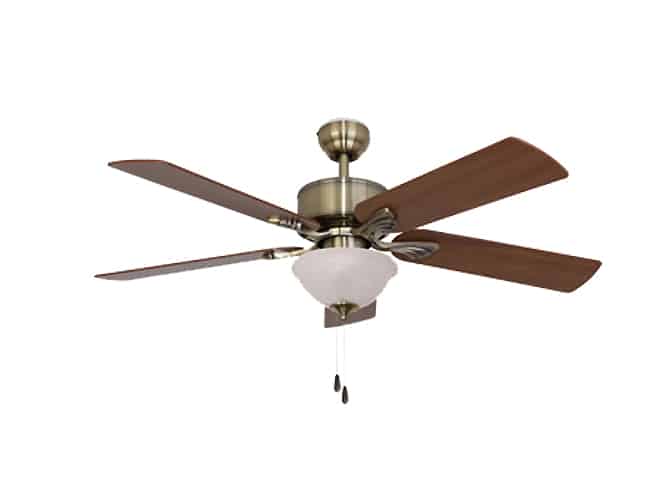

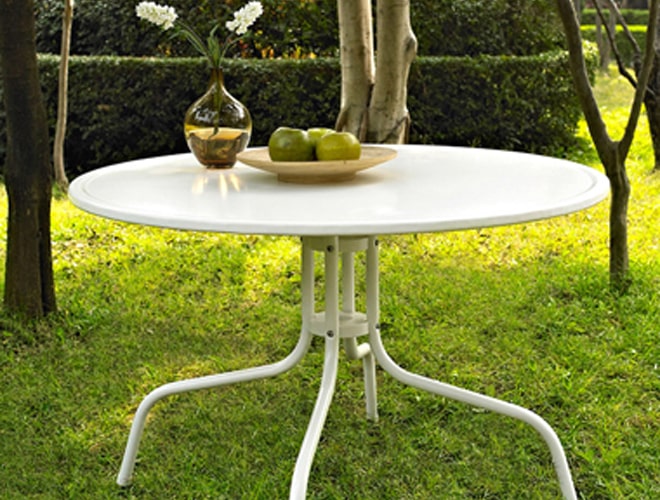
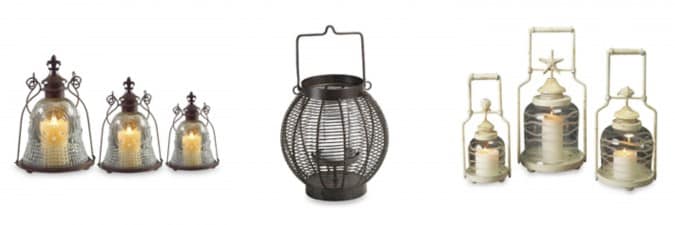
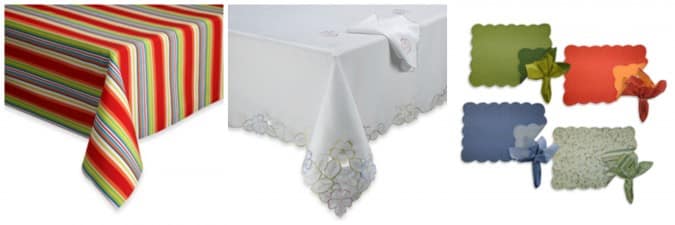
 Pictured:
Pictured: 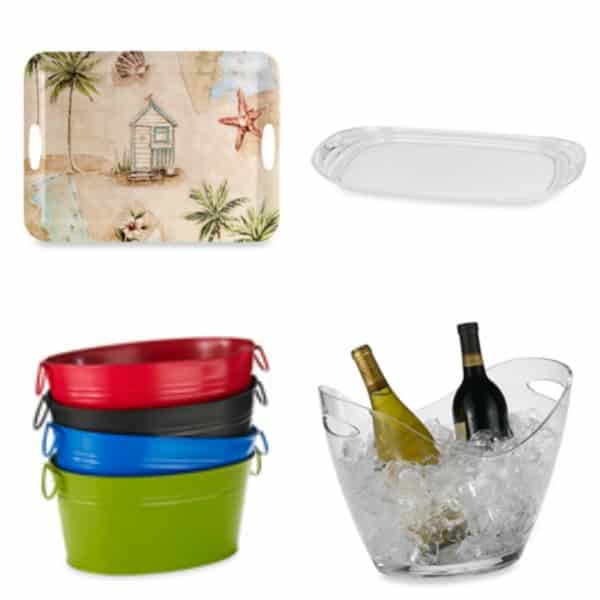

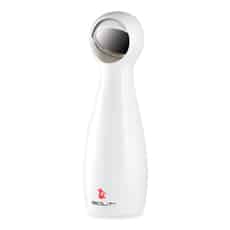
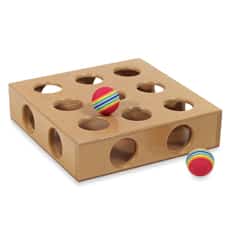
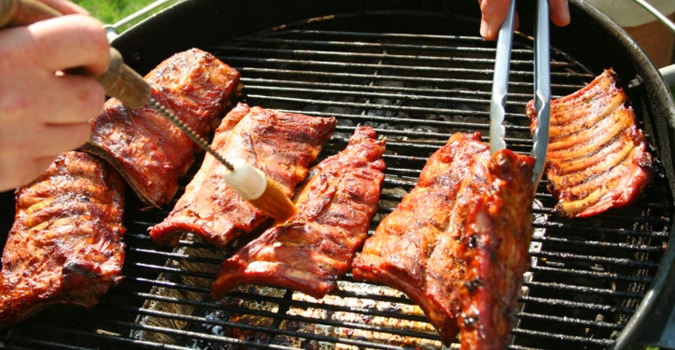


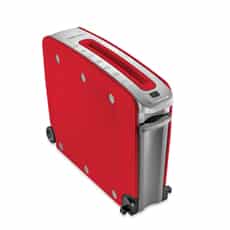
 And while it’s hardly required, another great tool is an auto button. This will let you keep the machine on but not running, which saves you from having to turn the shredder off and on as you ready paperwork for shredding.Waiting until the shredder is stuffed can lead to jams and overheating, and makes for messy emptying. To avoid overstuffing, look for shredders with a clear shredder compartment or a window into the machine — some even feature an indicator light to let you know when the compartment is reaching capacity.
And while it’s hardly required, another great tool is an auto button. This will let you keep the machine on but not running, which saves you from having to turn the shredder off and on as you ready paperwork for shredding.Waiting until the shredder is stuffed can lead to jams and overheating, and makes for messy emptying. To avoid overstuffing, look for shredders with a clear shredder compartment or a window into the machine — some even feature an indicator light to let you know when the compartment is reaching capacity.



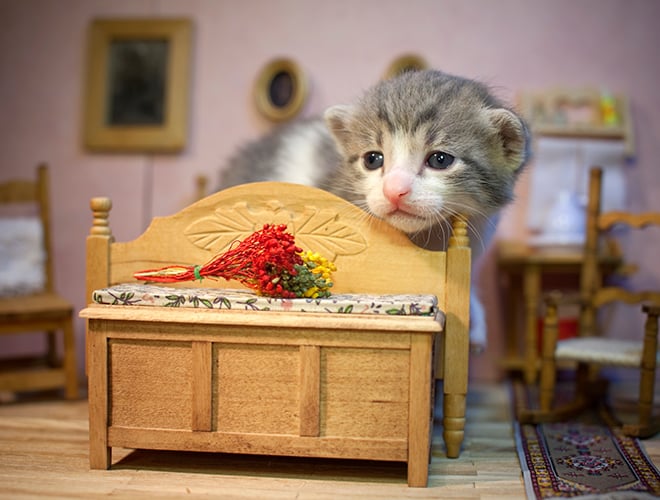




 Dust-catching window coverings, such as heavy drapes and blinds with small slats that are hard to clean, are notorious breeding grounds for dust mites. Better choices include window shades and blinds or shutters with large slats that can be easily vacuumed. Clean blinds, shutters and shades weekly with a
Dust-catching window coverings, such as heavy drapes and blinds with small slats that are hard to clean, are notorious breeding grounds for dust mites. Better choices include window shades and blinds or shutters with large slats that can be easily vacuumed. Clean blinds, shutters and shades weekly with a 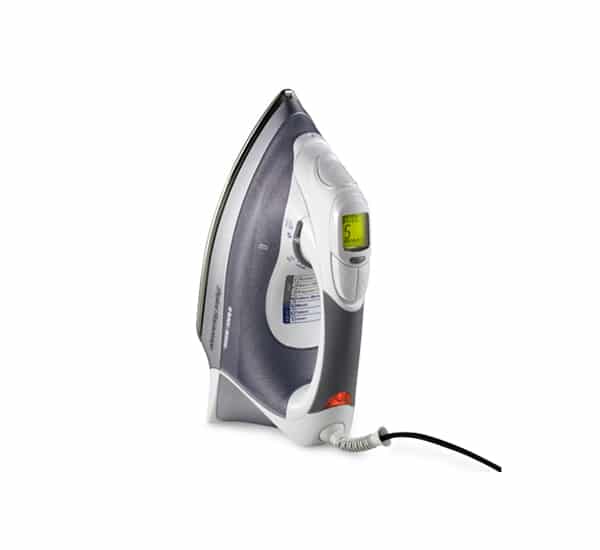
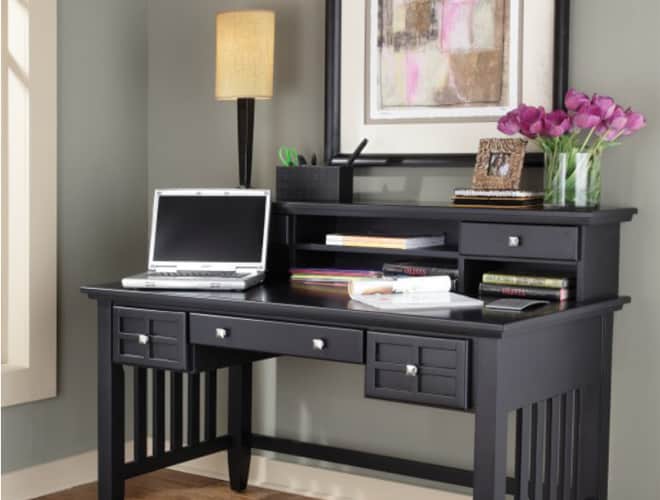
 As your central locus of work, your choice of
As your central locus of work, your choice of  Electronic equipment such as computers, scanners, printers and cell-phone chargers bring what can seem like an overabundance of cords and cables. A variety of cord control products on the market allow you to collect the cords and store them in an unobtrusive manner. Such systems also allow you to easily unplug items without having to sort through all of your cords and cables.
Electronic equipment such as computers, scanners, printers and cell-phone chargers bring what can seem like an overabundance of cords and cables. A variety of cord control products on the market allow you to collect the cords and store them in an unobtrusive manner. Such systems also allow you to easily unplug items without having to sort through all of your cords and cables. If you have a lot of items and limited drawer or cabinet space,
If you have a lot of items and limited drawer or cabinet space, 


 Toddlers are becoming more aware of their surroundings, and they’ll enjoy exploring and playing at bath time with your help. Many infant baths convert for toddlers, allowing your little one to sit up when he’s ready. When it’s time to move into the big bathtub, make sure he or she stays secure and happy by using a non-slip bathmat in the tub.
Toddlers are becoming more aware of their surroundings, and they’ll enjoy exploring and playing at bath time with your help. Many infant baths convert for toddlers, allowing your little one to sit up when he’s ready. When it’s time to move into the big bathtub, make sure he or she stays secure and happy by using a non-slip bathmat in the tub.